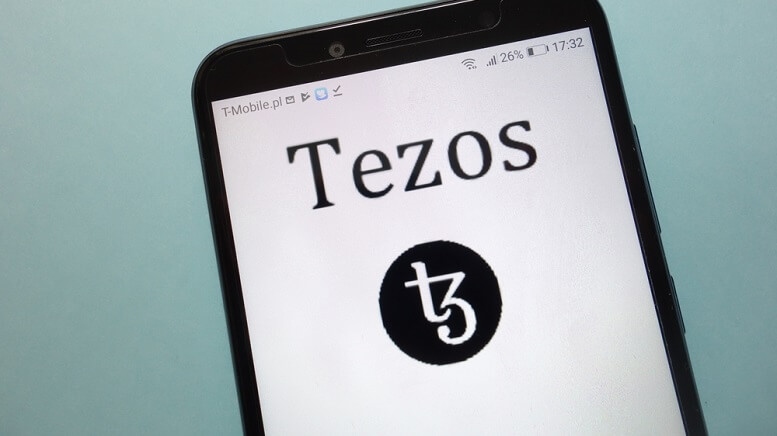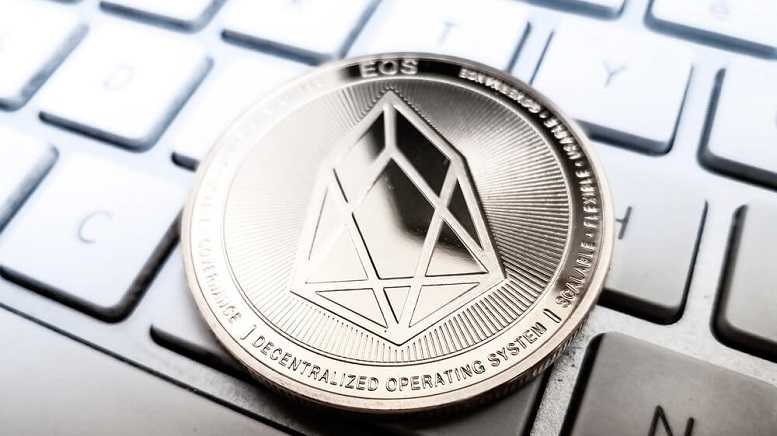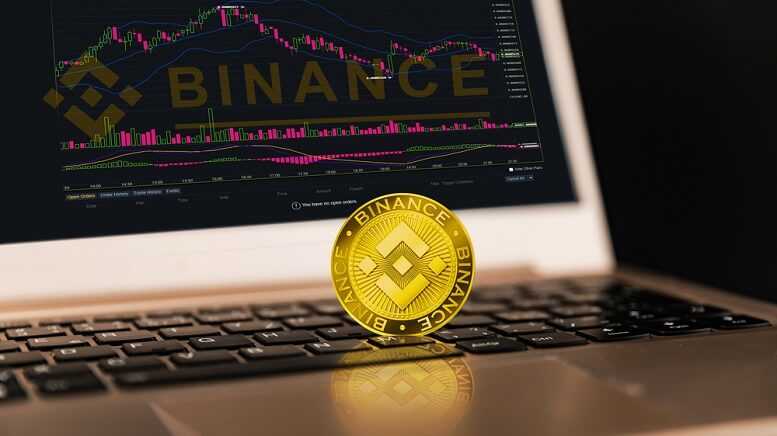PayPal Expands Cryptocurrency Services to U.S. Business Accounts
This post was originally published on this site

PayPal Holdings, Inc. (NASDAQ:PYPL) has taken a significant step in the world of digital currencies by expanding its cryptocurrency offerings to U.S. business accounts. With this move, PayPal is responding to the growing demand from merchants who wish to engage in the cryptocurrency market. The company announced that U.S. businesses can now buy, hold, and sell cryptocurrencies directly through their PayPal accounts, enhancing their ability to transact in the evolving financial landscape.
This expansion comes as a natural progression after PayPal enabled retail consumers to access cryptocurrency services via both PayPal and Venmo accounts. Now, business owners can utilize these same features, allowing them to participate in a market that is becoming increasingly mainstream.
A New Era for Business Accounts
The move to allow PayPal cryptocurrency for businesses is seen as a major opportunity for the payment giant to tap into a growing market. According to PayPal’s Senior Vice President of Blockchain and Digital Currencies, Jose Fernandez da Ponte, there has been an increasing demand from business clients for the same cryptocurrency capabilities that have been available to consumers for years.
“Business owners have increasingly expressed a desire for the same cryptocurrency capabilities available to consumers,” said da Ponte. The ability to buy, hold, and sell cryptocurrency provides businesses with a new level of financial flexibility, helping them integrate more seamlessly into a digital-first world. Furthermore, this initiative could open up opportunities for small and medium-sized businesses (SMBs) that seek to engage with the cryptocurrency economy but lack the infrastructure or resources to do so.
Expanding Payment Options for Merchants
PayPal’s new service also allows U.S. merchants to transfer cryptocurrency on-chain to eligible third-party wallets. This added feature gives businesses more control and flexibility in how they manage their digital assets, allowing them to operate beyond PayPal’s ecosystem. However, this service will initially exclude business clients based in New York due to the state’s stringent BitLicense regulations. Although PayPal holds both a BitLicense and a trust license from the New York Department of Financial Services, the company has not provided a timeline for when business services will become available in the state.
As cryptocurrencies become more widely accepted in commerce, businesses are keen to offer customers more payment options. With the introduction of PayPal cryptocurrency for businesses, merchants can better cater to crypto-savvy customers, expanding their reach and customer base.
The Growth of PayPal’s Cryptocurrency Services
PayPal’s foray into the cryptocurrency space began in 2020, when the company allowed consumers to buy, hold, and sell crypto assets directly from their accounts. Since then, PayPal has expanded these services to include a broader range of cryptocurrencies and integrations. In 2022, the company introduced PayPal USD (PYUSD), a stablecoin that is pegged to the U.S. dollar. In just a short time, PYUSD reached a significant milestone, surpassing a $1 billion market cap, further solidifying PayPal’s role in the digital currency space.
The launch of PYUSD is another key aspect of PayPal’s crypto strategy. As a stablecoin, PYUSD offers businesses and consumers a stable and secure way to transact in the digital currency market without the volatility associated with other cryptocurrencies like Bitcoin or Ethereum. This could prove especially beneficial for businesses that wish to accept crypto payments but are wary of price fluctuations.
Implications for the Financial Landscape
PayPal’s decision to broaden its cryptocurrency offerings for businesses could have far-reaching implications for the wider financial landscape. As one of the largest payment platforms globally, PayPal’s endorsement of digital currencies adds credibility to cryptocurrencies and encourages their adoption in mainstream financial transactions. This move also places pressure on other payment service providers like Visa (NYSE:V) and Mastercard (NYSE:MA), which have also shown interest in integrating cryptocurrency solutions.
Moreover, this shift could pave the way for other financial institutions to follow suit, potentially leading to more widespread adoption of digital currencies for business transactions. By enabling PayPal cryptocurrency for businesses, the company is positioning itself as a key player in shaping the future of digital payments.
Conclusion: A Step Forward for Crypto and Business
PayPal’s expansion of cryptocurrency services to business accounts marks a significant milestone for both the company and the crypto industry. By giving businesses the ability to buy, hold, and sell cryptocurrencies, PayPal is helping bridge the gap between traditional finance and the emerging world of digital assets. With increasing demand for crypto solutions from businesses, PayPal’s latest move could further cement its role as a leader in the future of digital payments.
Featured Image: Megapixl

















